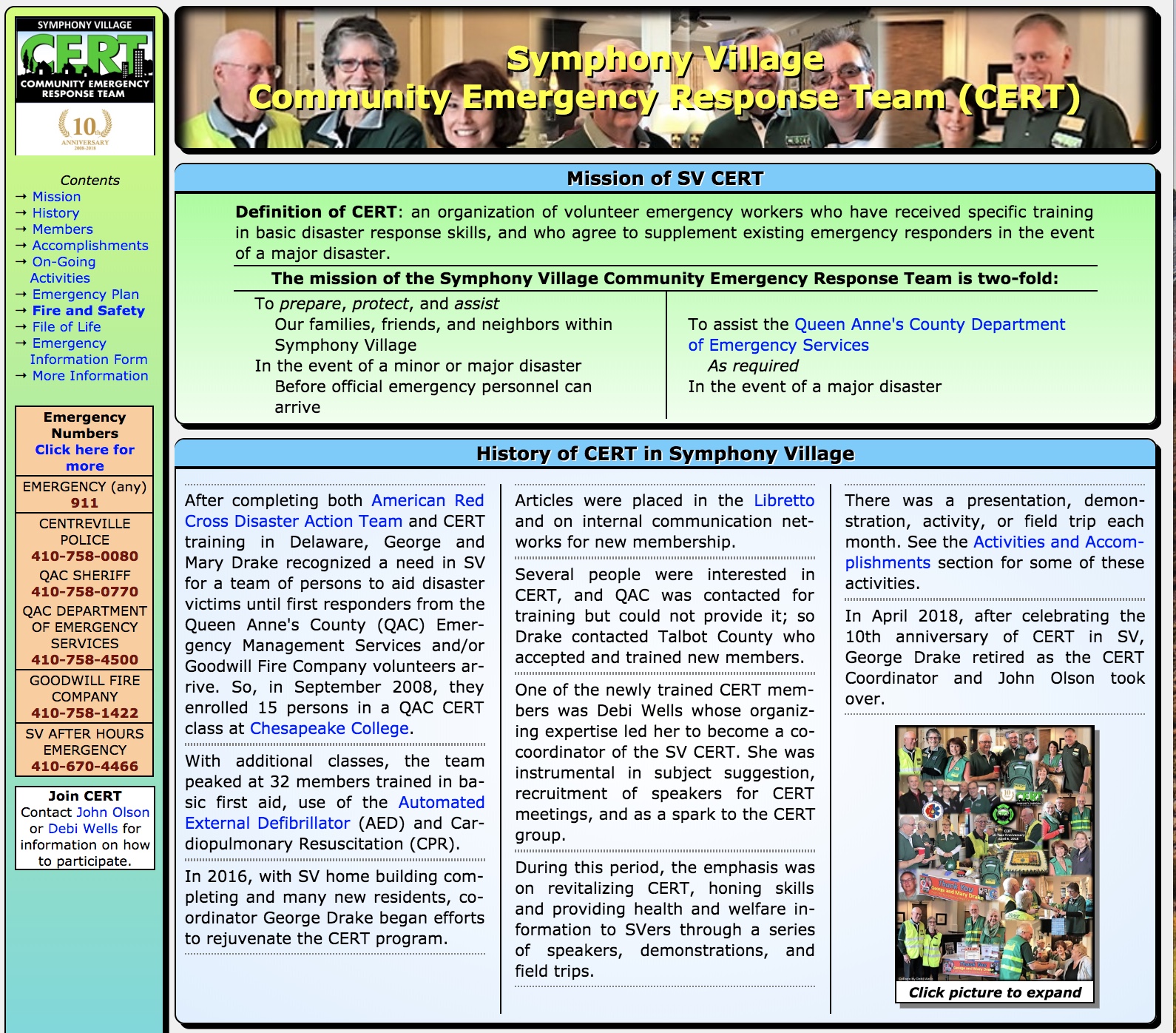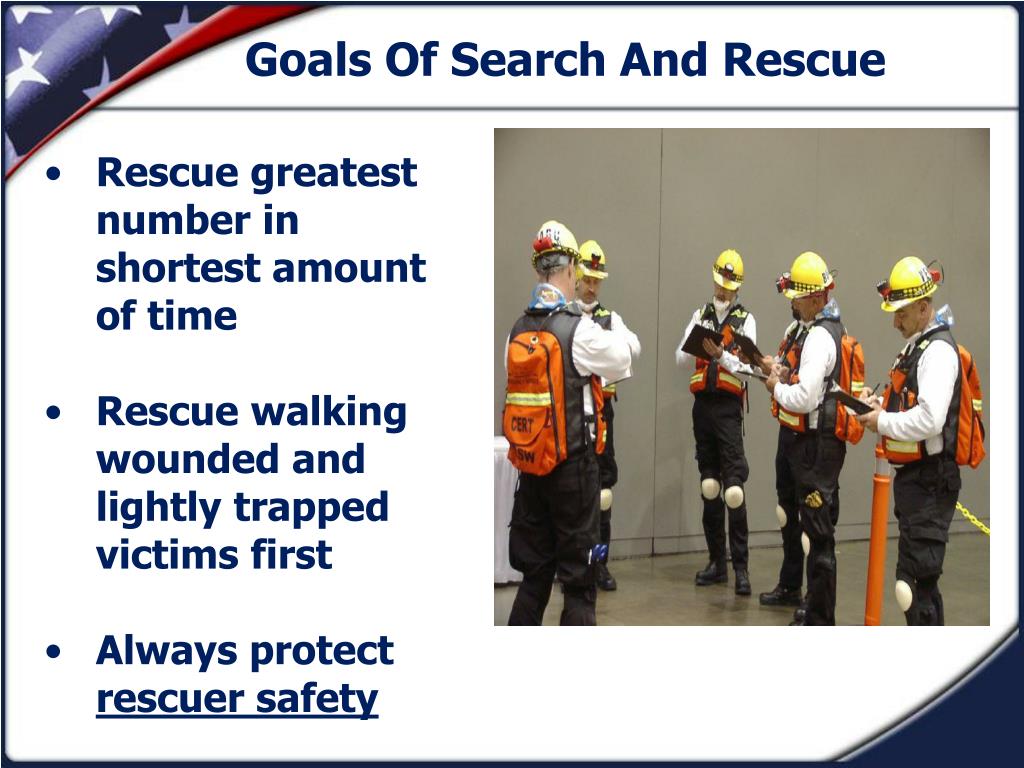


Perform head-to-toe patient assessments.ġ0. Conduct triage under simulated disaster conditions.Ĩ. Apply techniques for opening airways, controlling excessive bleeding, and treating for shock.ħ.

Work as a team to apply basic fire suppression strategies, resources, and safety measures to extinguish a pan fire.Ħ. Identify and reduce potential fire hazards in their homes, workplaces, and neighborhoods.ĥ. Describe the functions of CERTs and their role in immediate response.Ĥ. Take steps to prepare themselves and their families for a disaster.ģ. Describe the types of hazards that are most likely to affect their homes, workplaces, and neighborhoods.Ģ. Upon completing this course, the participants should be able to:ġ. The target audience for this course is individuals who desire the skills and knowledge required to prepare for and respond to a disaster. By working together, CERT members can assist in saving lives and protecting property using the basic techniques in this course. The purpose of the Community Emergency Response Team (CERT) Basic Training is to provide the individuals who complete this course with the basic skills that they will need to respond to their community's immediate needs in the aftermath of a disaster, when emergency services are not immediately available. When the first responders arrive, PERT will provide them with an invaluable assessment so those in most need, will get immediate support. PERT will evaluate damaged buildings and provide basic first aid. CERT will provide the first responders with critical support by conducting the initial assessment of our neighborhood. After a hurricane, earthquake or other disaster, first responders will be overwhelmed. A number of them went on to create neighborhood teams. Over the last two years, over 200 Big Islanders took the training program. This is an Island wide program with over 25 teams from many neighborhoods. Hands-on simulation exercise utilizing the Incident Command System and learned skills.The Island of Hawaii’s Community Emergency Response Team provides support to first responders during an emergency/disaster. Terrorism defined, threat analysis, risk analysis, types of terrorism weapons, and travel and terrorism. Introduction to the Incident Command System (ICS), and CERT decision-making and documentation.ĭescribes the disaster and post-disaster emotional environment. Search and rescue priorities and resources, techniques for situational size up, lifting, cribbing, victim removal, and rescuer safety. (Note: This is basic treatment principles, not a first aid class.) Treatment strategies for life-threatening conditions, principles of triage, head-to-toe patient assessments, establishing treatment areas, treatments for burns, lacerations, fractures, sprains, and other injuries. Identifying and reducing potential fire and utility risks, fire chemistry, basic fire suppression strategy, firefighting resources, and firefighting techniques. Introduction to disasters, the impact of disasters on infrastructures, hazards posed by building structures and nonstructural items, and the role of CERTs in disaster response.ĭisaster Fire Safety and Utility Controls

Provided below is an overview of the training the youth will receive. Participants learn best practices in disaster preparedness, first aid, search and rescue, and fire safety. The Community Emergency Response Team (CERT) training for teens provides the youth with basic skills that enables them to handle their own needs and respond to their community's needs in the aftermath of a disaster.


 0 kommentar(er)
0 kommentar(er)
